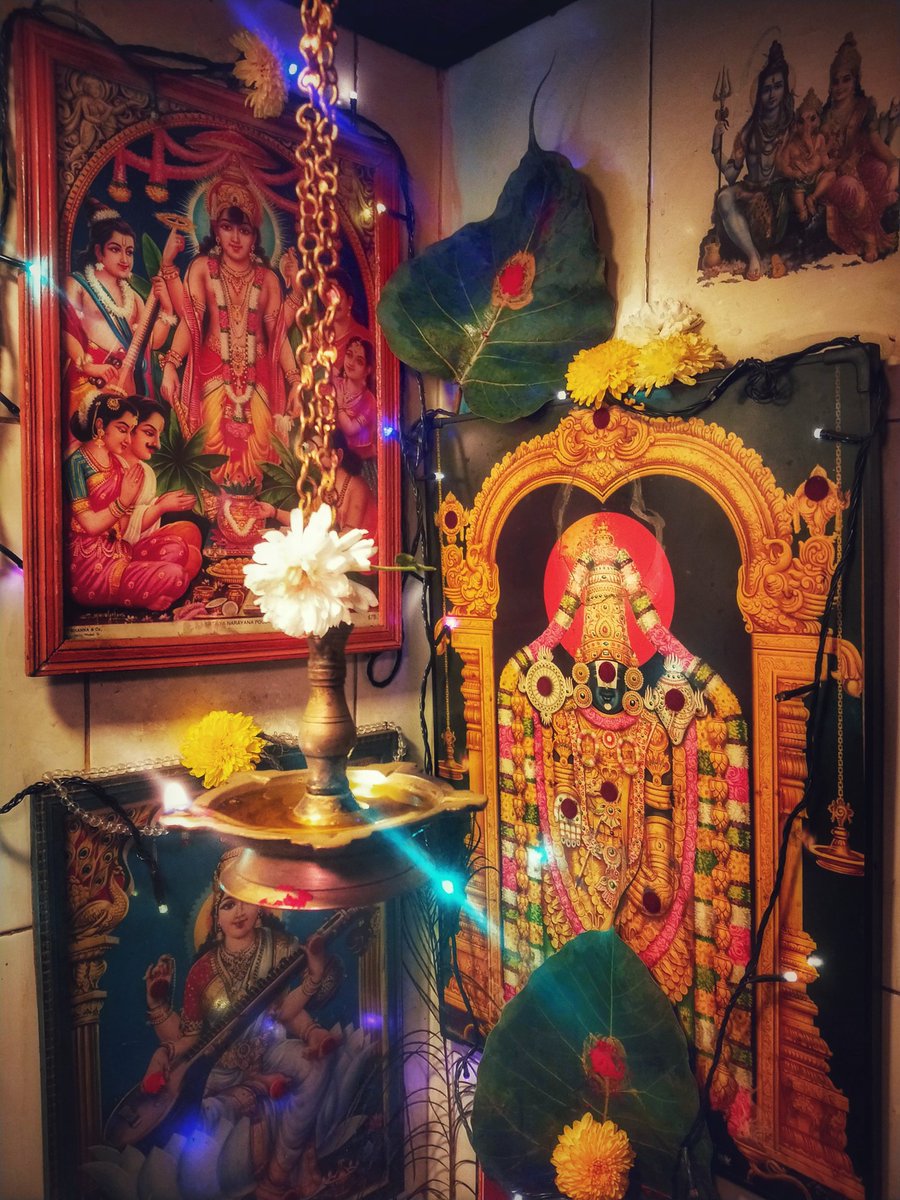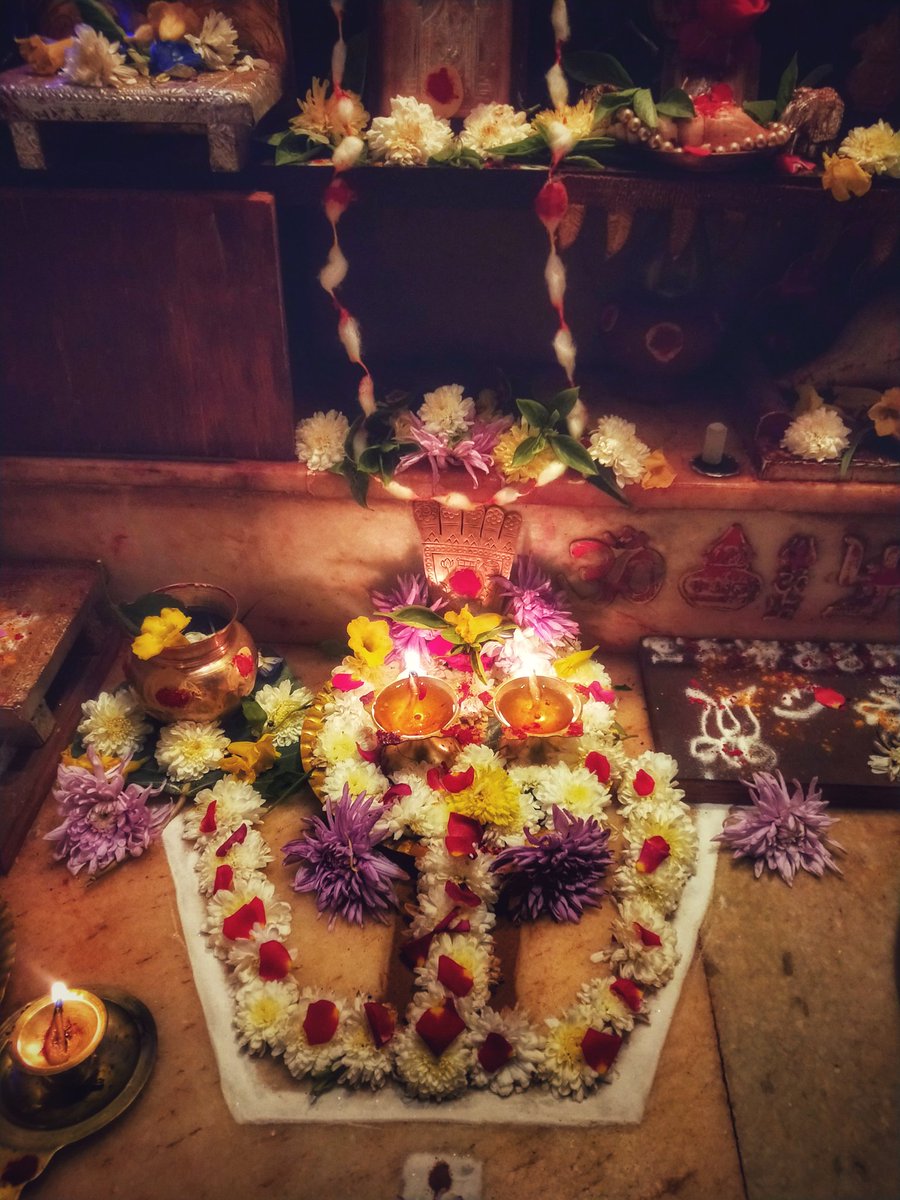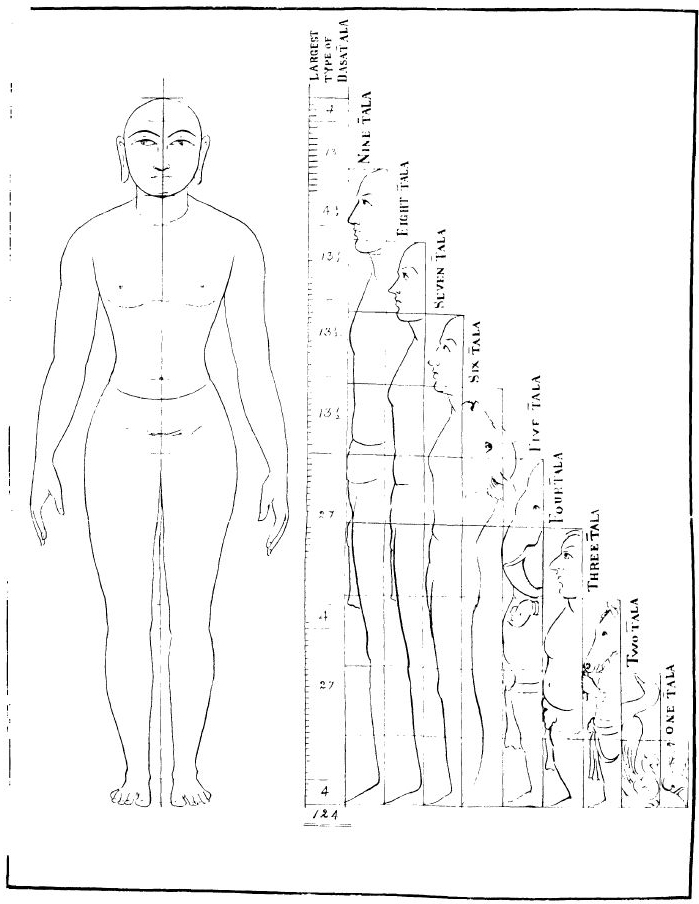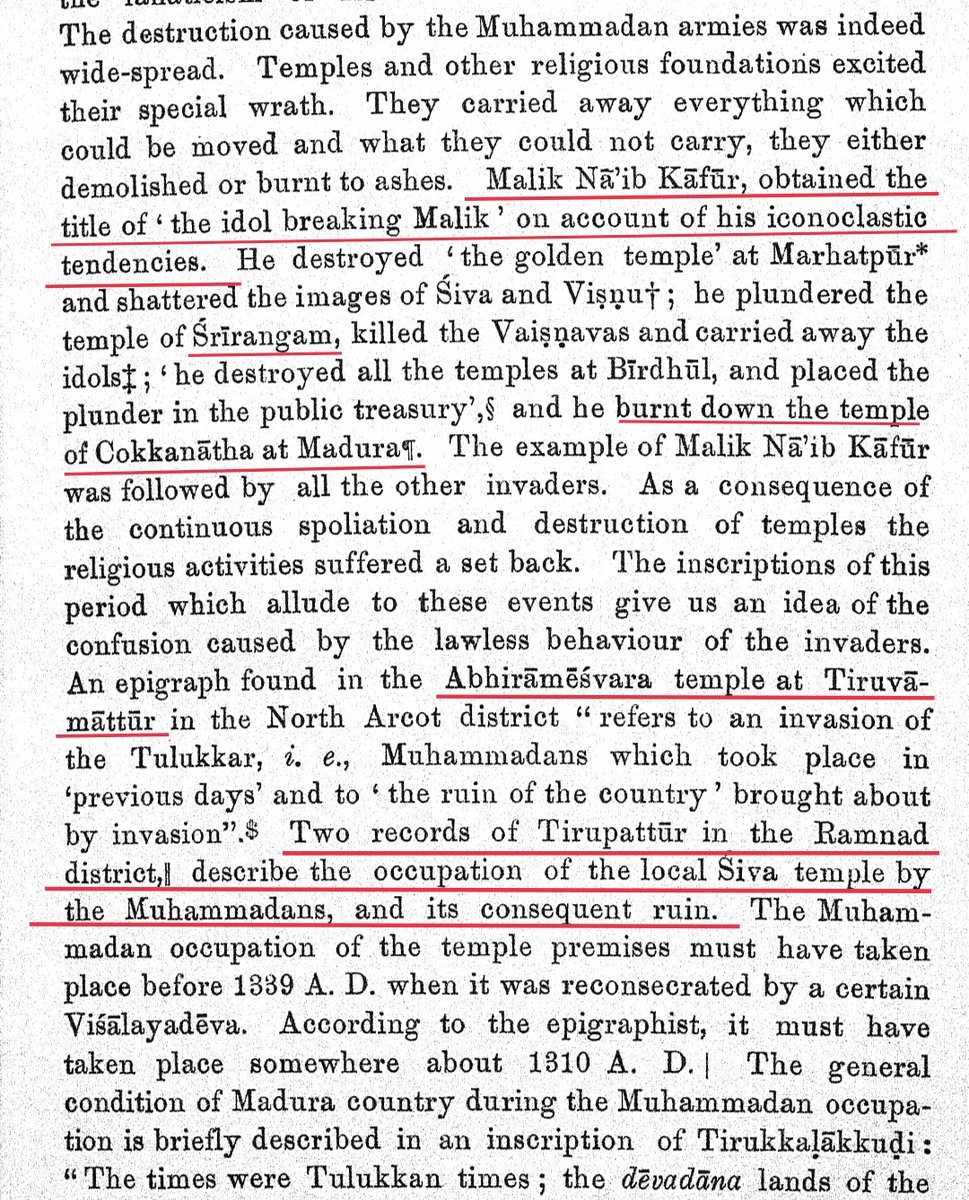
For the assertive Hindu one thing must be very clear.That Hindu samaj can be destroyed only from within, by "Hindus" themselves.The fastest way to destroy us is by undermining the things that we cherish the most.Our traditions,Temples & festivals. Including veneration for the Cow
Hindus didn't face this kind of a predicament even during the medieval period when some of the worst atrocities were commited. Those were commited by external aggressors.More often than not,Hindus responded fittingly to Temple desecration & Gohatya by paying back in the same coin
There are umpteen examples of Hindu kings of the medieval age punishing Temple breaking cow eating mlecchas. From Rana Kumbha of Mewar to Devaraya I of Vijayanagara to the Marathas. They didn't have to deal with beef eating HINO types.
Infact HINOs would scorn at these great Hindu kings if they were to ever read the kind of retribution that was meted out to cow killing mlecchas by them.
• • •
Missing some Tweet in this thread? You can try to
force a refresh











